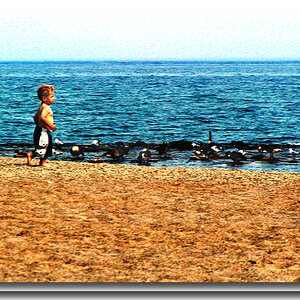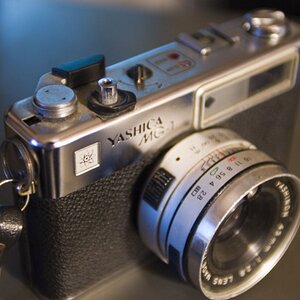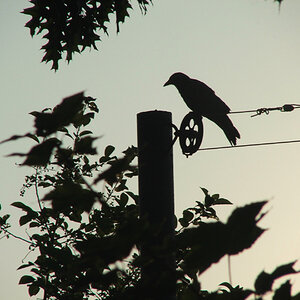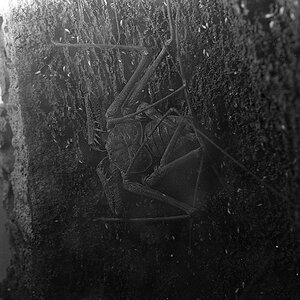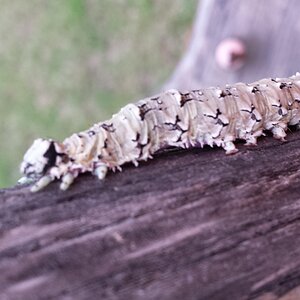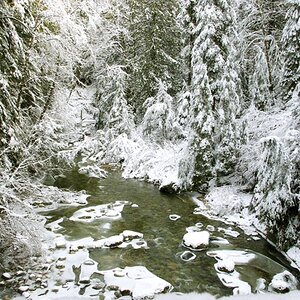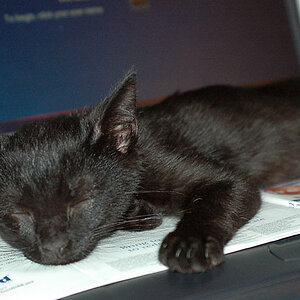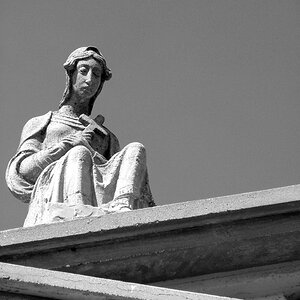kilifila66
TPF Noob!
So I have seen tons of stuff on bracketing (and auto bracketing on dslrs) and I know absolutely nothing about it. I was under the impression it was changing the f/stop on your lens up and down one click to make sure you got the propper exposure, but after reading Jeff Canes post on HIE film it sounds like its changing the iso. I can't even believe how noob this sounds but I have yet to get into the technical aspects of shooting, ive just been puting the film in the camera and firing. Any help and clarification is much appreciated.
Drew
Drew


